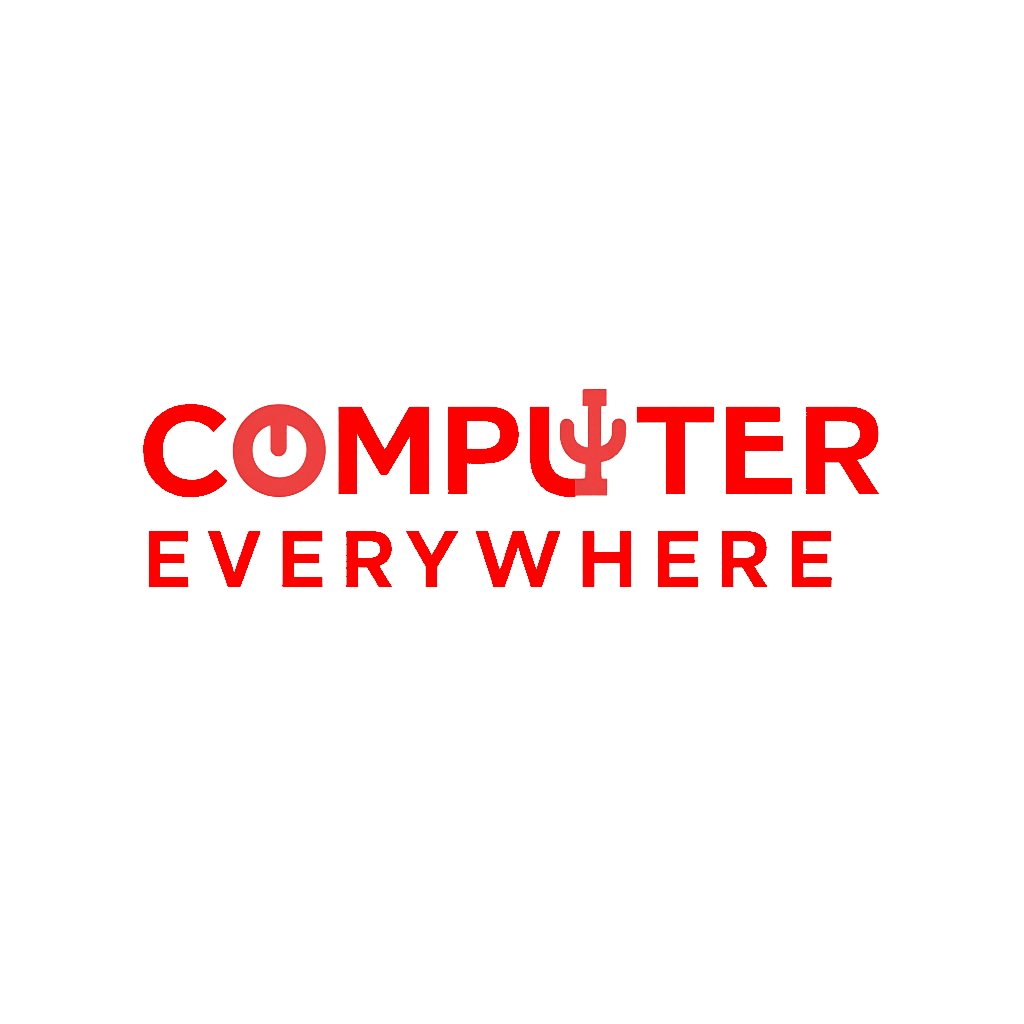Your cart is currently empty!
How to Install latest Nitrux Linux on Virtualbox
Nitrux Linux is a unique distro built on Debian but diverges with its focus on AppImage, its NX Desktop (a KDE Plasma customization), and an emphasis on immutability using MauiKit apps. If you want to try it without touching your current system, VirtualBox is a great option.
Here’s a step-by-step guide to get Nitrux up and running in a virtual machine.
What You’ll Need
- VirtualBox (download from virtualbox.org)
- Nitrux ISO (get the latest from nitrux.com)
- A machine with at least:
- 4GB RAM (8GB+ recommended)
- 20GB free disk space
- VT-x/AMD-V enabled in BIOS
Step 1: Download Nitrux ISO
Head to the official Nitrux download page and get the latest ISO. It’s usually around 3–4GB, so be patient if your internet’s slow.
Step 2: Create a New Virtual Machine
- Open VirtualBox, click New.
- Name it “Nitrux Linux.”
- Set Type to “Linux” and Version to “Debian (64-bit).”
- Click Next.
Step 3: Assign Memory and Create a Virtual Hard Disk
- Allocate at least 4096MB RAM.
- Create a virtual hard disk of at least 20GB.
- Type: VDI
- Storage: Dynamically allocated
💡 Need more space later? Here’s how to enlarge a virtual machine’s disk in VirtualBox or VMware.
Click Create.
Step 4: Configure VM Settings
Before booting, tweak the settings for better performance:
- Go to Settings > System > Processor:
- Give it 2 or more cores.
- Under Acceleration, make sure VT-x/AMD-V is enabled.
- Go to Display > Screen:
- Set Video Memory to 128MB.
- Enable 3D Acceleration.
- Go to Storage:
- Click the empty optical drive.
- Load the Nitrux ISO file as a virtual optical disk.
Step 5: Start the VM and Boot the Live Environment
Click Start, and Nitrux will boot into a live session. It may take a minute or two depending on your machine.
Step 6: Install Nitrux
Once on the desktop:
- Double-click the Install Nitrux icon.
- Follow the installer steps:
- Select language, time zone, keyboard.
- Choose the virtual hard disk.
- Use automatic partitioning (unless you want custom setup).
- Create a user account.
- Click Install.
Let it run—it could take 10–20 minutes.
Step 7: Reboot and Remove ISO
After installation finishes:
- Click Restart Now.
- When prompted, remove the ISO from the virtual drive:
- Go to Devices > Optical Drives > Remove disk from virtual drive.
- Hit Enter to reboot.
Done. What Now?
You’re in. Explore Nitrux’s slick KDE-based desktop, try the Maui apps, and get a feel for its AppImage-focused ecosystem. If you want persistence or updates, look into Nitrux’s unique NX Desktop tools and the znx system update model.
Final Tips
- Snapshots: Take VirtualBox snapshots before experimenting.
- Resolution Issues? Want full screen? Here’s how to make Ubuntu full screen in VirtualBox—the steps also apply to Nitrux.
- Guest Additions: Install them for better integration (shared clipboard, drag-and-drop).
- Performance: More RAM and CPU cores will help a lot.

Tech enthusiast and content creator passionate about making technology simple for everyone. I share practical tips, guides, and reviews on the latest in computers, software, and gadgets. Let’s explore the digital world together!

